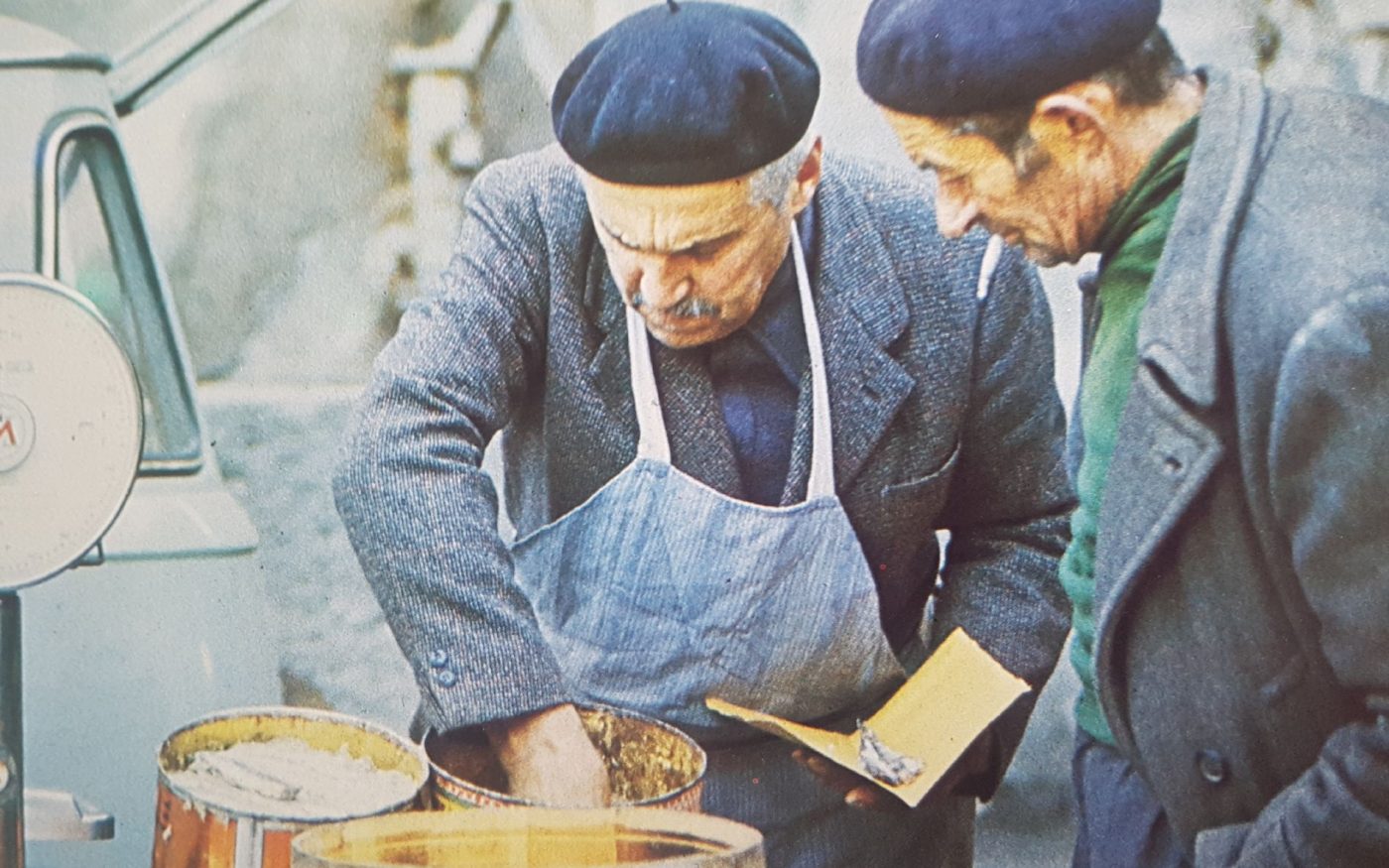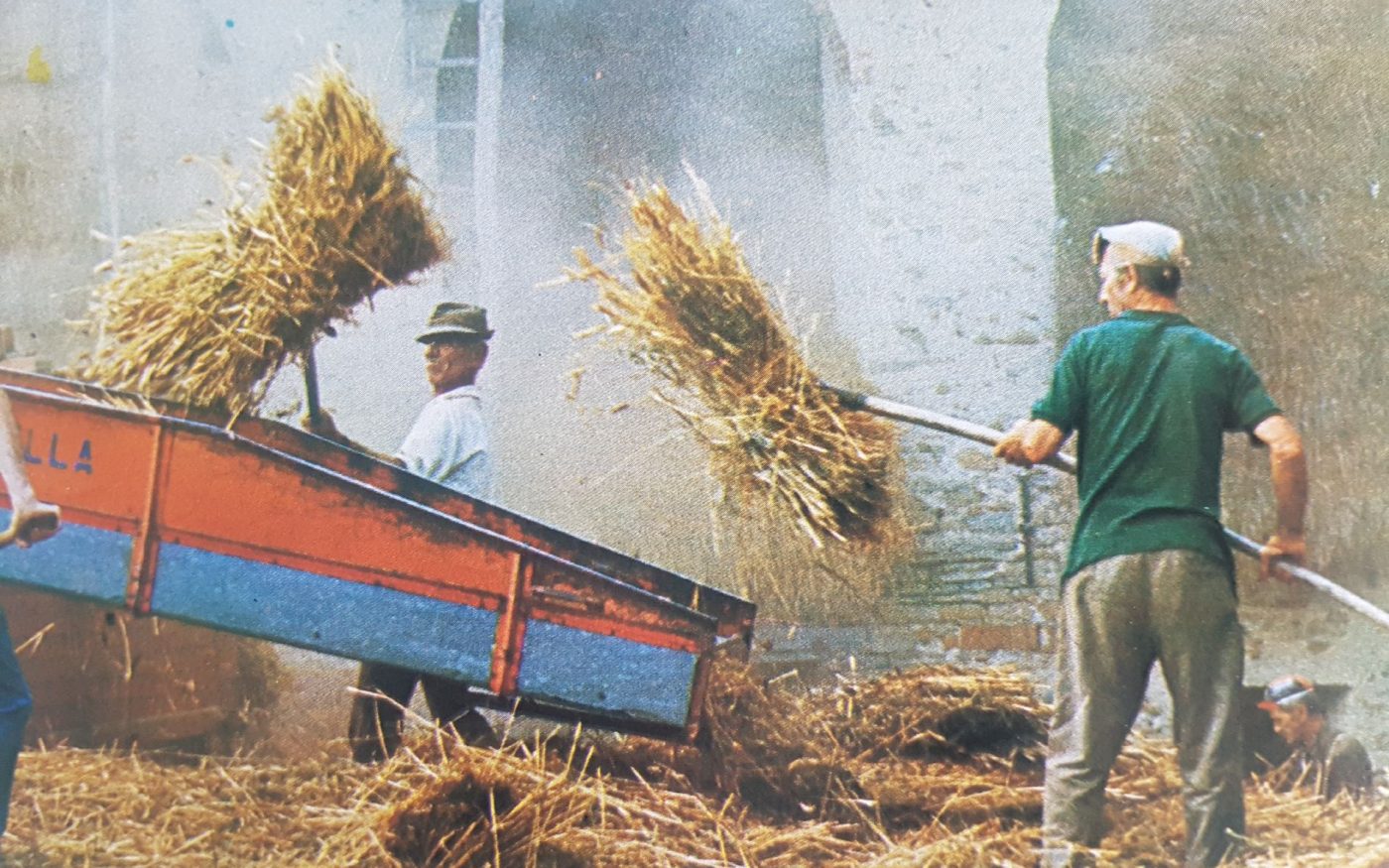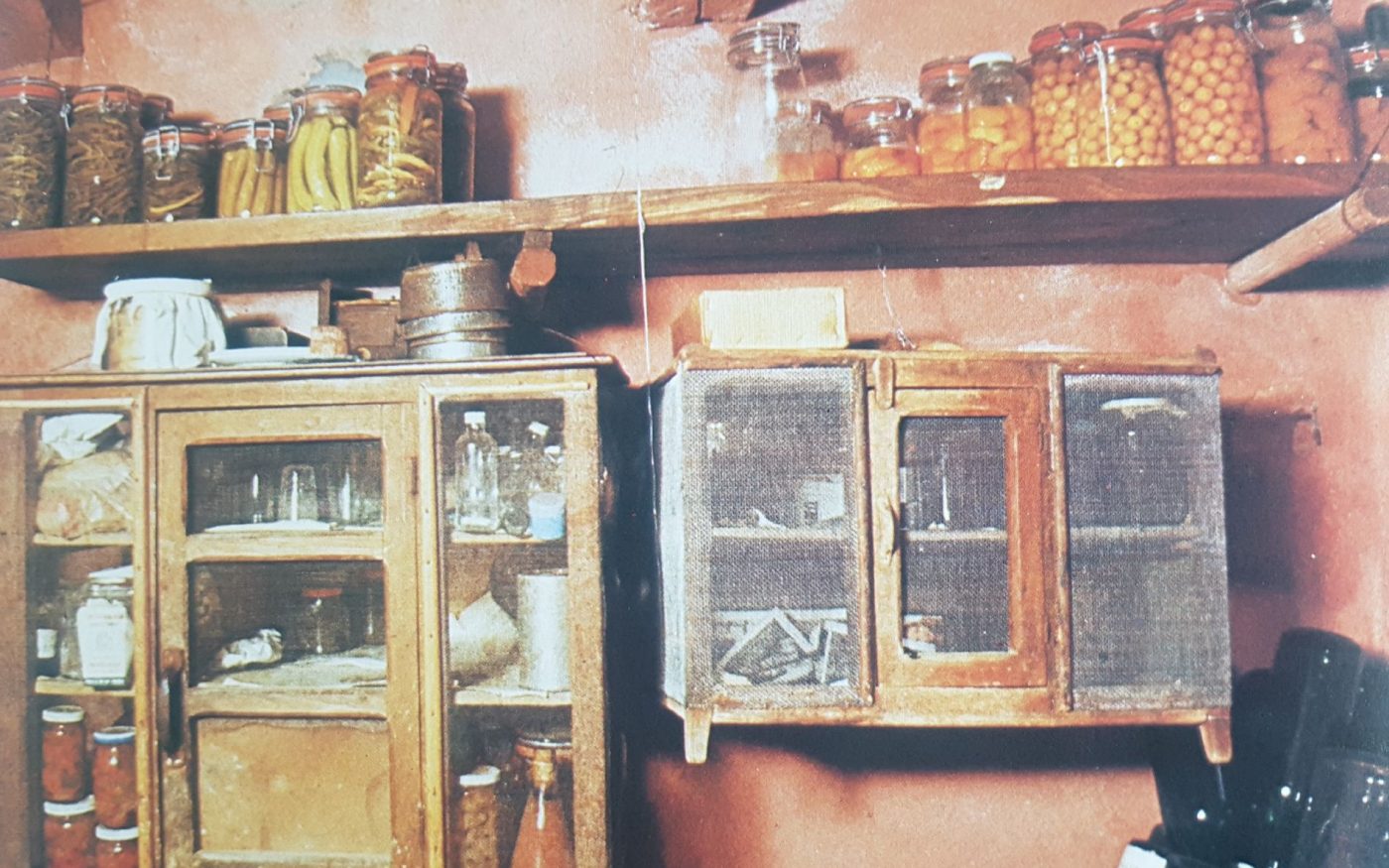Tasty reads
Summer in the Langhe history of food in peasant resilience

The workers in the Langa hills knew well that summer would arrive before the date predicted by the calendar.
Spring was in its twilight years, and already people were sweating in the fields and vineyards, amidst the flocks of gnats and the racing of lizards; in the evenings they began to rejoice in the coolness with the background of the first songs of crickets and nightingales.
Heralding the arrival of the warm season, the scent of flowering elderberry joined the vinegar and sage of soused zucchini.
It was no time for set tables, which would not return until late fall, and which now gave way to straw hat and verdigris, to work in the fields that lasted the day and night and did not allow people to sit down to eat.
The women also contributed, and forgot about cooking for a few months, but it was in those dry and harsh fields that some of the most iconic Langa traditions were born, in meals eaten quickly in the shade of the walnut tree.

It is the beginning of the wheat season, still green in the Alta Langa, but on the plains already ready for harvest.
It is picked up manually to take to the mill.
Dà camin ai përzonè
say the village elders, “let’s free the prisoners“, meaning the grains that will soon become flour.
Fields on the plains are the least well-liked by those who come down with scythes, because they are far from the tastes and cares of home.
Breakfast here is wine soup, made from a fizzy waste that quenches the thirst for hours. When it goes well, the women then go down to the valley with some bread and soup, to be eaten in a hurry, under the critical eyes of the master who wants to continue working.
Once the fields in the hills are ripe, it’s back to eating properly, with an energetic morning snack to endure the day’s toil: eggs and sugar beaten into a glass of wine.
At lunchtime comes the soup, with the traditional grandmothers’ recipe: leek, hops, wild thistle and sprouts of the last poppies, white beans, zucchini, carrots, and potatoes. All left overnight on the fire and finally seasoned with lard.
Between spoonfuls of wine, kept cool in the well inside a bucket to increase its thirst-quenching power.

Fortunately, there are grandmothers to keep the house running and cook for everyone.
Fireflies now fill the summer sky of Langa, and to reward themselves after a hard day’s work, waiting in the cool of the evening are the carp eel, caught fresh in the Tanaro River, the rice with leek reached the peak of sweetness, the egg in sauces red and green and the omelettes with wild herbs.
Finally, the long-awaited peach pie with amaretto, rum and chocolate powder returns.
Once the harvest is over, in which the whole village helps each other, and once the threshing floor is filled with sheaves, we celebrate together on the hemp tablecloth, with recipes from the hostess.
On the wagon used as a table come peperonata, salami, and the now-ripened robiola cheese. If the harvest was good, we are rewarded with ravioli and polenta, to the tune of a few forgotten harmonicas and cheerful Piedmontese songs.

The freshest taste of summer in the Langa is garden vegetables in a dip of oil and salt, or
drinta a o tasson con l’euli e la sal
The oil comes from neighboring Liguria, poor in flour and wine, which through the ancient salt route transports it in exchange for our qualities.
The olive tree from here is planted in the warmer hills and used as a symbol of peace on Palm Sunday, but although there are productive ones it rarely turns into oil.
It is the“olié” who transport it through the Monregalese, on the back of a mule inside goatskin ghirbe.
They go from farmstead to farmstead selling it along with the catch, capers, and mayonnaise, because the women in the countryside prefer to buy it in the courtyard rather than dress up to go to the village.
Hence, other dishes of the season: cod in green or with onion, herring roasted on “putagé” (the typical stove), sardine or tuna pudding, and of course, anchovy.

The pajarin arrive along with the first steam engines, the“màchina a feu” to beat the grain, and they take away so much of the toil of manual labor, but also the hearts of village women.
They are gallant and full of charm, but for them, the wheat season is synonymous with toil and danger: they have to run, sleep a few hours a night on burlap sacks, and always be alert and focused because the machine saves time but is capable of playing tricks.
For them, too, summer means fasting, at least until the feast of Ferragosto, when the last sacks are closed and they finally celebrate with a big table spread.
The women cook in celebration, and the best roosters are sacrificed: tables are set in the courtyard, and on the table come sardines, veal tonnato, onion omelet, salad boiled rooster, and fried rabbit cutlets.
Rooster broth sees all parts of the bird, with livers, hearts, wattles, crests, and eggs. The last two together in the dish stand for good luck in love.

The end of work means a period of rest before renewed labors in the fall, and sees tablecloths filled with dishes almost forgotten during hunger in the fields.
Returning to the plates are the imperial crabs caught under the pebbles of the Belbo River, snails in risotto, al verde or in omelets along with ribs.
It is time again for ravioli in wine, for tajarin that take on different flavors in different valleys: rosemary and cinnamon in Treiso‘s dough, onion and basil in Cortemilia.
It’s back to the square with ballroom dancing, card games and a raffle.
The cellar is now full of“bornìe” of fruits and vegetables, and on free afternoons we hurry to produce, with the last tomatoes, the preserve that will have to last all winter.
